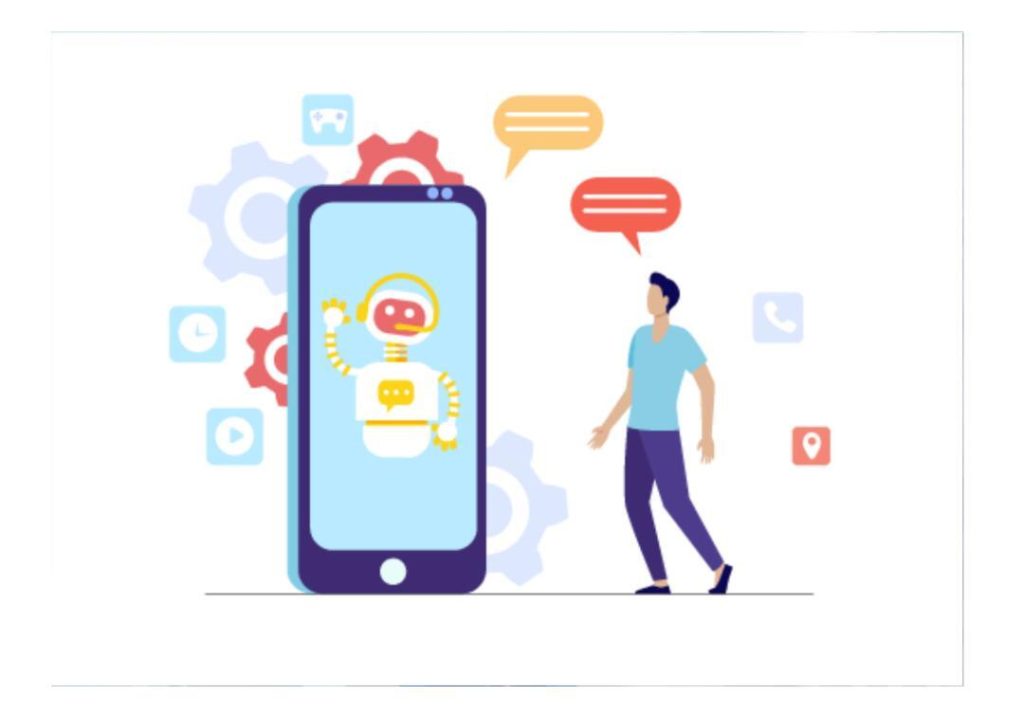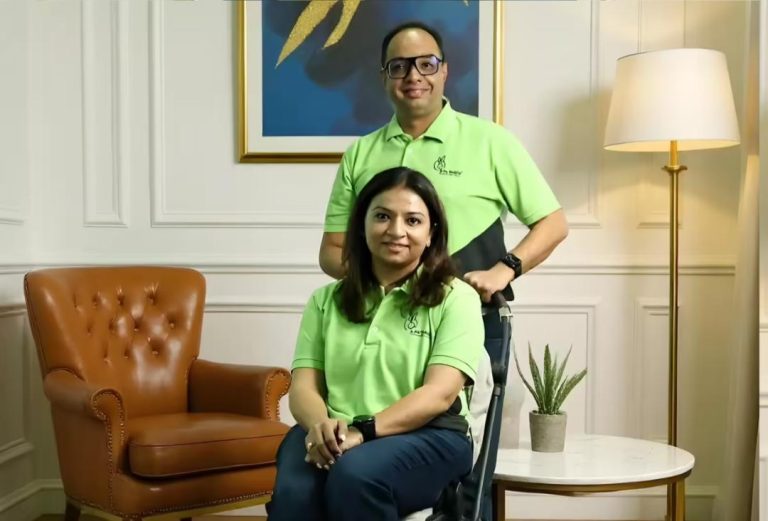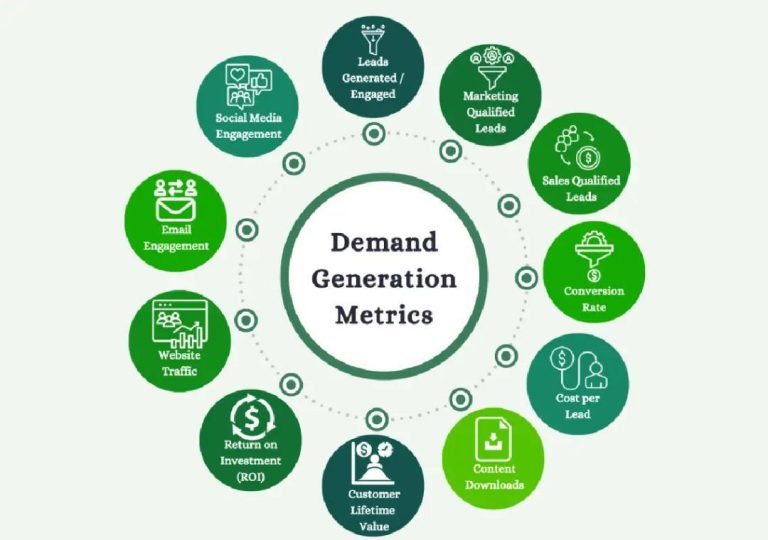
Is your tech stack helping or burning your people out?
In today’s fast-paced, always-connected world, it’s easy to get caught up in the idea that technology is the key to productivity and success. After all, having the right tools can make a huge difference in how we work and collaborate. But what happens when those tools start to take a toll on our well-being?
The truth is, always-on tools can lead to always-on people. We’re constantly connected, constantly checking our phones, and constantly feeling like we’re “on the clock.” This can be especially true for remote workers or those in high-pressure industries, who may feel like they’re expected to be available 24/7.
But the problem is, this constant connectedness can be exhausting. It can lead to burnout, decreased productivity, and a general sense of disconnection from the world around us. And yet, many of us are still willing to sacrifice our well-being for the sake of getting the job done.
So, what can we do to break this cycle and create a healthier, more sustainable work environment? The answer lies in building a tech stack that respects our time and prioritizes our well-being.
The Problem with Always-On Tools
In recent years, there’s been a proliferation of always-on tools and apps that promise to make our lives better, more efficient, and more connected. And while some of these tools can be incredibly useful, others can be downright toxic.
Take, for example, the humble notification. In theory, notifications are designed to keep us informed and up-to-date, but in practice, they can be a constant source of distraction and stress. We’re constantly checking our phones, only to find nothing new or important has happened – and yet, we can’t help but feel like we’re missing out if we don’t check in regularly.
Similarly, the rise of instant messaging apps has led to a culture of instant response. We’re expected to be available 24/7, and if we don’t respond immediately, we’re seen as unresponsive or unprofessional. This can be especially true for remote workers, who may feel like they’re stuck in a perpetual state of availability.
But the problem goes beyond just notifications and messaging apps. The truth is, many of our tools and systems are designed with a singular focus on productivity and efficiency – without considering the human impact.
The Solution: Building Mindful, Humane Systems
So, what can we do to create a healthier, more sustainable work environment? The answer lies in building mindful, humane systems that prioritize our well-being and respect our time.
Here are a few strategies to consider:
- Set clear boundaries: Establish clear boundaries around your work hours and availability. This can be as simple as setting specific times for checking email or taking calls, or as complex as implementing a formal “no work” policy outside of work hours.
- Use smart notifications: Use notifications strategically, and avoid using them for non-essential tasks. For example, you might set your phone to “do not disturb” mode during certain hours, or use a notification system that prioritizes important messages.
- Embrace an async-first culture: Encourage asynchronous communication, where team members can communicate independently without needing to be online at the same time. This can be especially useful for remote teams, where different time zones can create scheduling challenges.
- Protect downtime: Make time for relaxation and self-care, and prioritize it as you would any other important task. This can be as simple as taking a walk during your lunch break, or as complex as implementing a formal wellness program.
The Future of Work: A Tech-Forward Landscape
So, what does the future of work look like? And how can we use technology to build a healthier, more sustainable work environment?
The answer lies in creating a tech-forward landscape that prioritizes our well-being and respects our time. This means building systems that are designed with humans in mind, rather than just focusing on productivity and efficiency.
Here are a few ways we can achieve this:
- Integrate digital wellness tools: Use tools that help us manage our digital lives, such as apps that track our screen time or block distracting websites.
- Implement async-first culture: Encourage asynchronous communication, where team members can communicate independently without needing to be online at the same time.
- Prioritize protected downtime: Make time for relaxation and self-care, and prioritize it as you would any other important task.
- Build humane systems: Design systems that prioritize our well-being, rather than just focusing on productivity and efficiency.
Conclusion
The truth is, technology is a double-edged sword. On the one hand, it can bring us incredible benefits and opportunities. On the other hand, it can also be a source of stress, distraction, and burnout.
So, what can we do to create a healthier, more sustainable work environment? The answer lies in building a tech stack that respects our time and prioritizes our well-being. By setting clear boundaries, using smart notifications, embracing async-first culture, and protecting downtime, we can create a work environment that is both productive and humane.
Source:
https://www.growthjockey.com/blogs/tech-forward-future-landscape-modern-workplace






